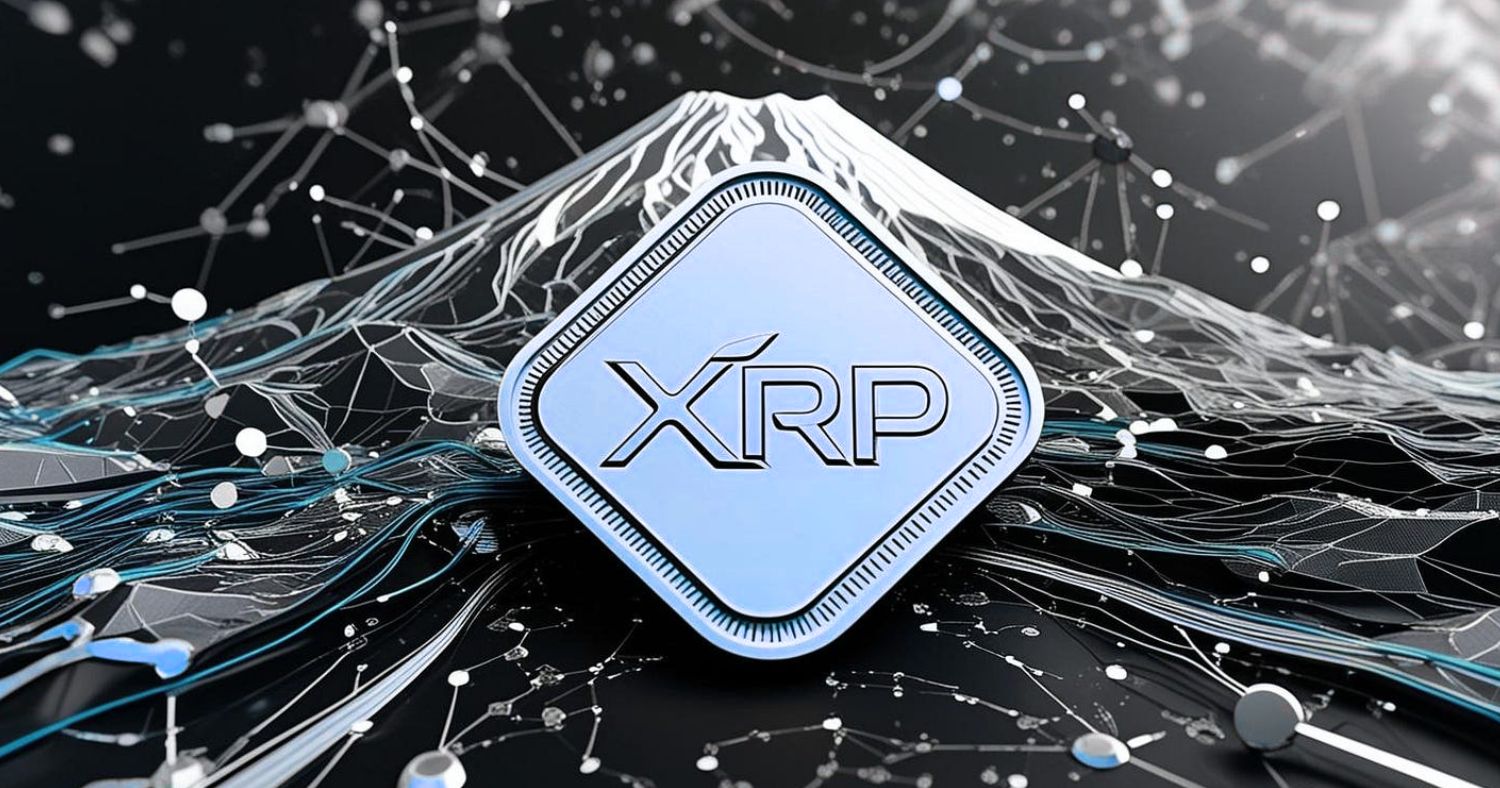San Francisco-based blockchain firm Ripple has solidified its position as a major player in the global fintech landscape, recently being recognized among the largest private companies worldwide. This comes as the firm continues to push the boundaries of its underlying technology, the XRP Ledger, even as its associated cryptocurrency, XRP, grapples with broader market volatility.
According to the latest data from business analytics firm CB Insights, Ripple holds the 23rd spot on the list of top private companies by market capitalization, boasting a valuation of $15.000.000.000. This places it in an elite cohort that includes aerospace titan SpaceX, AI powerhouse OpenAI, and digital payments innovator Revolut. Ripple’s valuation notably surpasses that of other significant private entities in the fintech sector, such as Swedish payments firm Klarna ($14.500.000.000) and defense technology company Anduril ($14.000.000.000). The list also features other crypto ecosystem players like NFT marketplace OpenSea, mining hardware manufacturer Bitmain ($12.000.000.000), and cryptocurrency exchange KuCoin ($10.000.000.000). At the very top, SpaceX commands an estimated valuation of $350.000.000.000, while ByteDance (TikTok’s parent company) and artificial intelligence giant OpenAI each stand at $300.000.000.000. It is important to note that these venture capital-driven rankings typically exclude long-established, family-owned conglomerates like Mars, Incorporated, Cargill, and Koch Industries.
The question of whether Ripple will pursue a public listing has long been a subject of speculation. Back in early 2020, Ripple CEO Brad Garlinghouse indicated the company would be at the forefront of a potential “crypto IPO bonanza.” However, the prolonged legal battle with the U.S. Securities and Exchange Commission (SEC) cast a shadow over these plans. While the regulatory uncertainty appears to be largely resolved, Ripple is not currently rushing towards an Initial Public Offering. Ripple President Monica Long recently clarified that the company possesses ample liquidity, negating the immediate need to go public.
Beyond its financial standing, Ripple continues to drive innovation on the technical front. Recent discussions within the developer community, notably a talk by Ripple CTO David Schwartz, hinted at the possibility of rewriting the XRP Ledger’s core server software, ‘rippled,’ in the Rust programming language. This sparked some community concern, which was swiftly addressed by RippleX senior software engineer Mayukha Vadari. Vadari assured the XRP community that such an architectural shift would not impact user holdings or the ledger’s foundational integrity, emphasizing, “Nothing would happen to your XRP.” This reinforces the separation between the underlying code and the on-chain data.
In parallel, RippleX has rolled out XRP Ledger version 2.5.0, a significant update introducing new features aimed at enhancing its utility for institutional and enterprise use cases. The XLS-85 amendment notably expands the escrow feature, allowing it to manage third-party issued tokens, including stablecoins, and introduces Multi-Purpose Tokens (MPTs) specifically designed for institutional applications. Another crucial enhancement, the XLS-56 amendment, enables the bundling of up to eight transactions into a single wrapper. This innovation is designed to significantly reduce the high failure rate, previously around 30%, associated with complex transaction flows on the ledger, thereby improving efficiency and reliability for developers and businesses.
Despite these positive technological advancements, XRP’s market performance has faced headwinds. The token experienced a 9,5% decline over the past week, with a significant portion of these losses occurring towards the week’s end. This downturn largely coincided with a disappointing U.S. jobs report for July, which revealed only 73.000 new jobs added, coupled with substantial downward revisions to May and June figures. Such macroeconomic data typically triggers a “risk-off” sentiment across financial markets, impacting cryptocurrencies alongside traditional assets. Adding to the market’s unease were unconfirmed rumors circulating on social media regarding a renewed crypto ban in China, which may have further fueled selling pressure. Crypto analyst Ali Martinez has highlighted a “sell signal” for XRP on the 3-day chart, identifying the $2,40 mark as a critical support level to monitor.
Ripple’s journey showcases a multifaceted trajectory: a robust private market valuation reflecting investor confidence, a steadfast commitment to technological innovation on the XRP Ledger, and the resilience to navigate complex regulatory landscapes and fluctuating market sentiments. As it continues to evolve its platform for global financial solutions, its position among the world’s most valuable private entities underscores its enduring influence in the burgeoning digital economy.
You might be interested in:






